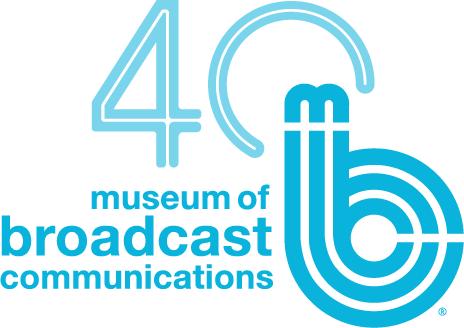What formats was TV recorded in the '50's, '60's, and '70's.
I'm curious. I assume it was shot using magnetic media.
There is such a wide variation in TV quality. Some old stuff looks great while some new programs are truly hideous.
I know a lot of it has to do with production budgets, cameras, lighting crews, etc.. But I'm just wondering if anyone knows how the format has evolved.
- Mark
I'm curious. I assume it was shot using magnetic media.
There is such a wide variation in TV quality. Some old stuff looks great while some new programs are truly hideous.
I know a lot of it has to do with production budgets, cameras, lighting crews, etc.. But I'm just wondering if anyone knows how the format has evolved.
- Mark





Comment